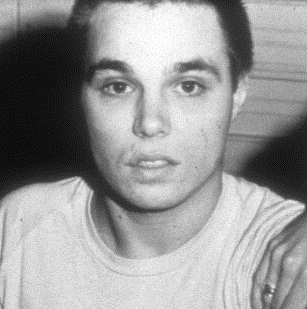Wednesday 27th May 2015Artist Spotlight Retrospective: Christopher Burden There is a very important reason that he is best known for his earlier works, and why this article began by discussing artistic commitment to one's work – arguably his most famous piece is entitled 'Shoot', from 1971. As you might begin to guess by now, the piece actually involved him getting shot with a live bullet by his assistant. It was only in the arm, but there are few artists in the world who are that dedicated to shocking people. Another of his more famous pieces was entitled Trans-Fixed, and involved Burden, a Volkswagen Beetle and two long nails. The nails were hammered through the palms of his hands, evoking images of crucifixion. That piece was enacted a mere 3 years after he had taken a bullet in Shoot, showcasing his willingness to literally suffer for his art. Much speculation has been made about how he went down this path, with some critics suggesting that it is a result of a childhood accident at age 12 on the island of Elba, Italy, the same place where Napoleon was exiled. After a motor-scooter accident, he had to undergo emergency surgery on his left foot without the benefits of anesthesia. During his long recovery from this tragedy, he began to develop an interest in art and photography, which may be responsible for his association between art and physical pain. By the end of the 1970s, however, he had begun to move away from his so-called 'danger pieces' towards large sculptural installations, many of which involved intricate machinery and engineering, and began almost to move towards design and industrial engineering. Regardless of how you feel about the trajectory of his career, he was a fascinating artist and complicated man, and the art world will miss his unique brand of work.  Most artists consider themselves deeply committed to their own work. It's one of the things that drives them forwards, gives them inspiration, and instills a complete authenticity to their pieces. While it's hard to measure commitment in a quantifiable way, it's hard to find many artists who are as committed to their performance work as the late Chris Burden. Burden, who passed away just this year on May 10th, was an artist who made a name for himself early in his career in the 1970s in the United States with a variety of performance pieces. While his later career moved away from performance towards installation pieces, he is still best known for his performance work.
Most artists consider themselves deeply committed to their own work. It's one of the things that drives them forwards, gives them inspiration, and instills a complete authenticity to their pieces. While it's hard to measure commitment in a quantifiable way, it's hard to find many artists who are as committed to their performance work as the late Chris Burden. Burden, who passed away just this year on May 10th, was an artist who made a name for himself early in his career in the 1970s in the United States with a variety of performance pieces. While his later career moved away from performance towards installation pieces, he is still best known for his performance work.
0 Comments




